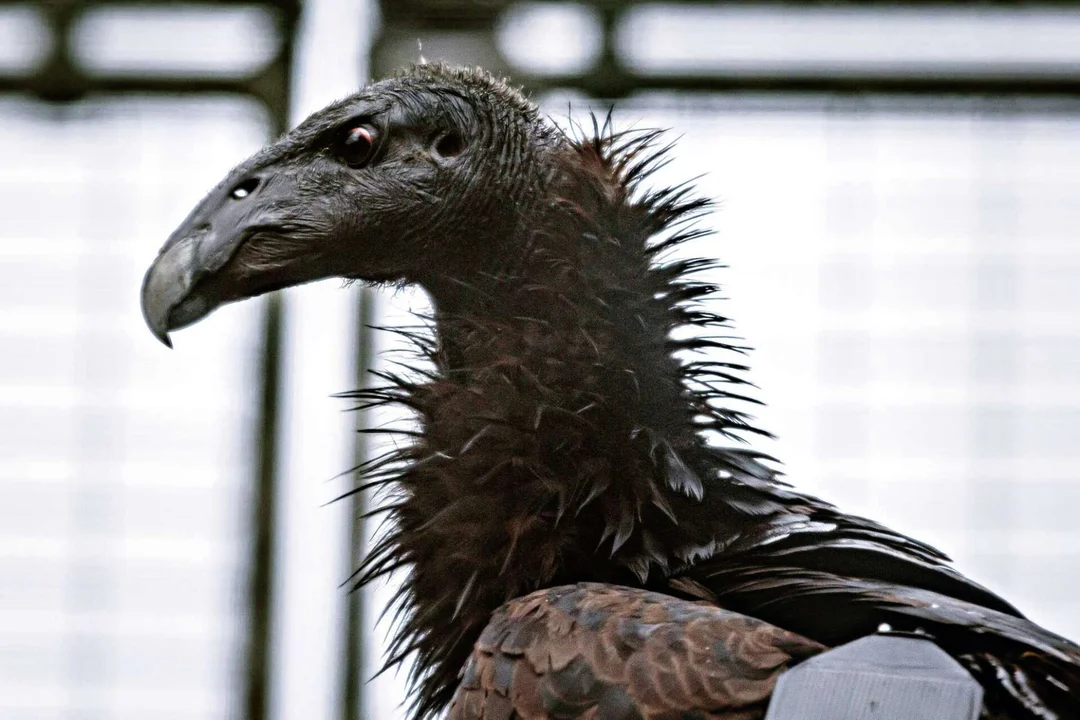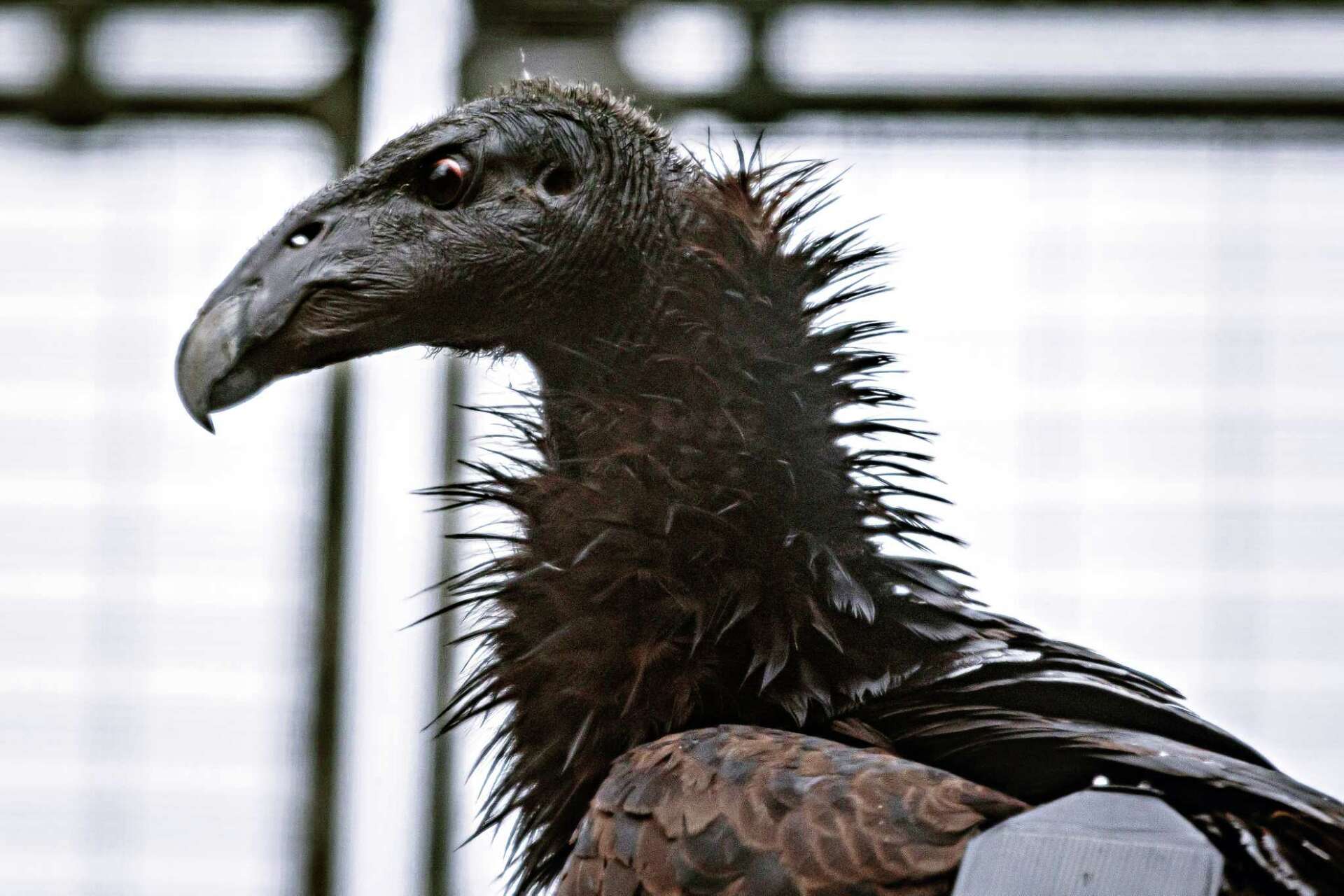
California Condor Death Linked to Lead Poisoning Raises Conservation Concerns
A recent incident in California has brought renewed attention to the ongoing battle against lead poisoning in wildlife, particularly affecting the endangered California condor. A condor, found dead near the Tule River in Tulare County, was confirmed to have succumbed to lead poisoning, marking another setback in efforts to protect this iconic species.
The discovery was made by wildlife officials who were conducting routine monitoring of the condor population. The bird was part of a closely watched group, given the species' precarious status on the brink of extinction. Lead poisoning, often resulting from the ingestion of lead ammunition fragments in animal carcasses, remains a leading cause of death for these birds.
This tragic event underscores the urgency of ongoing efforts to transition away from lead-based ammunition. Despite years of advocacy and some legislative progress, such as the ban on lead ammunition in areas designated as condor habitats, the threat persists. Wildlife experts and conservationists are calling for more stringent measures and increased public awareness to prevent further losses.
The California condor, with its striking appearance and significant cultural importance, symbolizes the broader challenges facing wildlife conservation in the face of human-related threats. Each death is a reminder of the delicate balance between human activities and the survival of species like the condor, pushing forward the need for sustainable practices and continued vigilance in conservation efforts.
